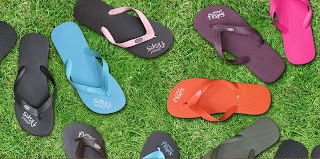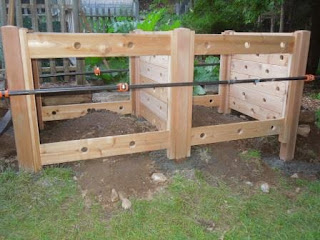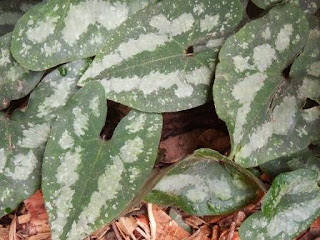Over time our lawn areas continue to shrink as our garden areas expand. Each fall, we pick an area of lawn that needs to be removed, since the garden can no longer contain the plants within its borders or mowing is a challenging. Our lawns are our least sustainable landscaping feature, because of all the fuel required to maintain them, so the less lawn area, the better.
Last week we decided to enlarge the foundation border that wrapped around the side of the house, paralleled the front, and continued along a stone wall perpendicular to the opposite side. The plants were started almost 10 years ago. Since then they'd multiplied to a point they could no longer be contained in their original space. By adding a foot of garden along this 90’ border, almost 100 square feet of lawn area was eliminated, and the gardens were given growing room.
We first removed the metal edging material we'd installed years earlier. After using an edging tool to create our new boundary line, we dug down three inches with a hammer claw to create a rock-less groove to accept the metal strips. The three inch barrier will continue to block grass roots from entering the garden.

Once the edging was in place, rather than remove the sod, we covered the grass with multiple layers of recycled paper and three inches of chips. By spring the grass will die out and the paper will begin to decompose below the chips.
 |
| The tractor always struggled to make this tight curve. |
 |
| The new curve is gentler. |
When we cleared our wooded lot 15 years ago to build our house, the fastest and most economical way to landscape the property and avoid erosion was to plant lawns. We've spent the years since then removing the lawns, section-by-section, replacing them with gardens, trees, patios, and walkways. Eventually, the gardens will claim majority status, as the lawns become green pathways that connect and divide them.















































